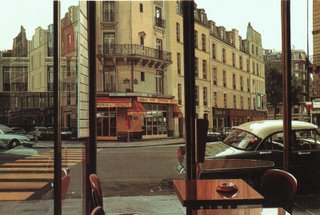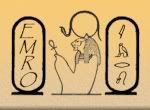Tuesday, April 04, 2006
Slides and Prejudice
Click on the title of this entry to read the article referenced in this blog entry.
Just so you know my thoughts up front, photorealism is a legitimate art movement. It is not the ONLY art movement, however. PhotoREALISM is also a misnomer. There is no more reality in a photograph than there is in my dreams at night (but that's a philosophical discussion for another time).
This article addresses the 100+ year old debate about whether it is kosher to use photographs to make paintings. Some artists are called photorealists because their whole purpose is to mimic the vestige of a photograph. Other artists use photographs as points of departure (which I personally prefer when I use them) for compositional experimentation and abstraction.
It always fascinates me how people will mislabel their emotions about things. Under every presenting or stated emotion is the REAL emotion. Some people in this article referred to "guilt" about "cheating" with using photographs as source material for their paintings. Perhaps what they are really feeling is a certain malaise over the limitations of the human imagination, or the West's obsession of "realism" in art, which is shared by almost no other cultures who are not afraid to explore pattern and invention and abstraction. Those things have always been at the bedrock of those cultures' histories of art-making. Those cultures' artistic expressions have also pushed themselves into the West's awareness as the world has shrunk to the present day. Maybe what today's artists are feeling is a certain redundancy and irrelevance and Sisyphian-like cycle of pushing the rock of "copying" up that hill, only to do it over and over and over again -- to the oooohs and aaaaahs of the intoxicating accolades of people who are wowed by what is perceived as sterling perfection of technique.
No, I don't think photorealists or people who use photographs should feel guilty. I adore photorealists like Richard Estes and Audrey Flack, amongst others. Artists have used "optics," as the article stated, for a very long time. Artists have "tricks of the trade" and tools and aren't afraid to use them. Perhaps it is just that photorealism itself has worn out its welcome in the age of Photoshop. Perhaps the artists themselves are tired of it and are afraid to change for fear of losing popular acclaim. Perhaps they are becoming more aware of the inventive movements exploding on the art scene right now and they feel a little backward. Guilt? No.
What do you think?
Subscribe to:
Post Comments (Atom)






No comments:
Post a Comment